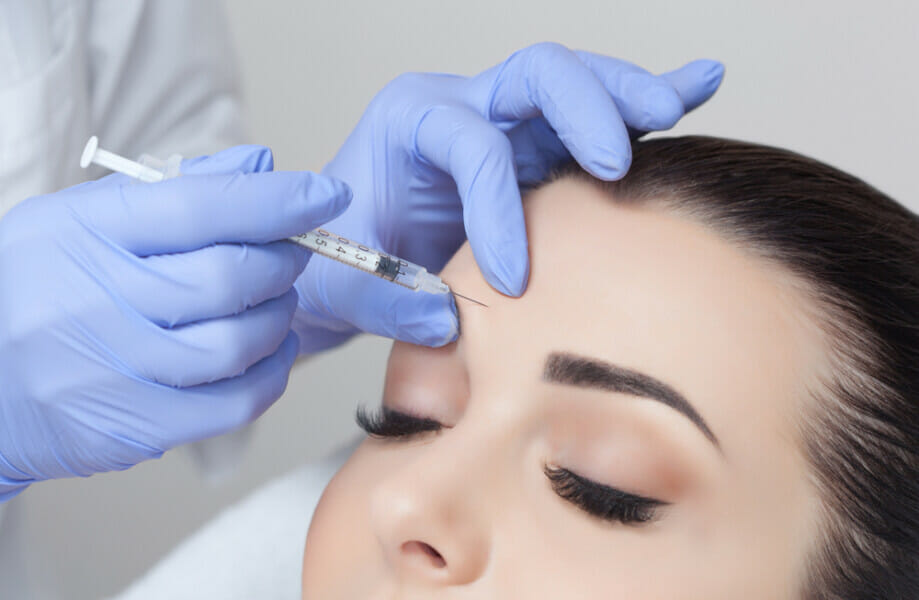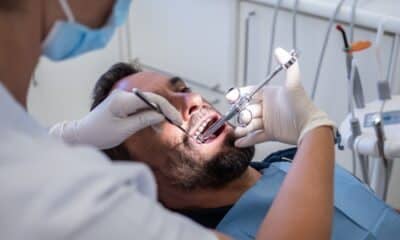The Resourceful Applications And Safety Of Botox
Botox, known for its wrinkle-reducing abilities, has a wide range of uses beyond aesthetics. While it is popular in cosmetic procedures, its effectiveness in treating various medical conditions has made it a valuable tool in therapy. This article explores the medical and therapeutic uses of Botox, showcasing its impact beyond its cosmetic application. It also discusses the strict safety measures and regulations surrounding the use of Botox, ensuring its controlled and safe utilization in both medical and cosmetic practices.
Exploring the Therapeutic Potential of Botox
Botox, derived from botulinum toxin, produced by the Clostridium botulinum bacterium, works by blocking the release of acetylcholine, a neurotransmitter responsible for muscle contractions. This temporary muscle relaxation offers therapeutic benefits for various conditions.
One significant medical use of Botox is in treating muscle spasms. Conditions like cervical dystonia, characterized by involuntary head and neck movements, can benefit from Botox injections. Similarly, Botox is effective in managing blepharospasm (uncontrolled eyelid twitching) and hemifacial spasm (involuntary facial muscle contractions).
Botox is also effective in managing chronic pain. It can help reduce the frequency and intensity of migraine headaches and alleviate pain associated with chronic pelvic pain, anal fissures, and temporomandibular joint disorder (TMJ).
In addition to pain management, Botox can be used to treat neurological disorders like essential tremor, hyperhidrosis (excessive sweating), and overactive bladder syndrome, improving the quality of life for individuals with these conditions.
Prioritizing Safety: Regulations and Protocols for Botox Use
Due to its widespread use, strict safety regulations and protocols are in place to ensure the controlled and safe administration of Botox. Practitioners undergo extensive training and certification programs covering injection site anatomy, appropriate dosages, potential side effects, and injection techniques.
The production and distribution of Botox are also governed by strict regulations. The FDA plays a crucial role in approving Botox for specific medical and cosmetic uses, ensuring its safety and efficacy through rigorous testing and evaluation.
The controlled environments of medical settings where Botox is administered further enhance its safe use. Healthcare professionals are equipped to manage potential side effects, which are typically mild and temporary, including discomfort at the injection site, mild headaches, and rare instances of temporary eyelid drooping.
Future Prospects and Ongoing Research on Botox
In addition to its established uses, ongoing research is expanding the potential applications of Botox. Research is exploring its effectiveness in managing neurological disorders like Parkinson’s and Alzheimer’s disease, chronic pain from nerve injuries, psychiatric conditions like depression and anxiety, ophthalmological conditions like strabismus, and gastroenterological conditions like GERD and achalasia.
While these emerging applications show promise, further research and clinical trials are needed to confirm their efficacy and safety.
Informed Consent and Managing Patient Expectations
With the diverse applications of Botox, informed consent is crucial. Patients should understand the potential benefits, risks, and limitations of Botox treatment, whether for medical or cosmetic purposes. Open communication between patients and healthcare providers is essential for setting realistic expectations and making informed decisions.
It’s important to note that Botox is not a universal solution and may not be suitable for everyone. Individual factors such as medical history, medications, and allergies should be considered before administering Botox.
A Beneficial Tool with a Responsible Future
Botox has evolved beyond its cosmetic reputation to become a versatile tool with significant impacts on various medical fields. Its ability to address diverse conditions like muscle spasms, chronic pain, neurological disorders, and urological issues illustrates its potential to enhance the quality of life for many individuals.
Rigorous safety protocols, regulations, and careful administration ensure the responsible use of Botox. With ongoing research exploring new applications, the future of Botox holds promising opportunities to widen its therapeutic uses and enhance patient care across various medical conditions.
Responsible usage and informed consent remain essential in navigating the diverse landscape of Botox applications. Through continued research and ethical practices, Botox can continue to serve as a powerful tool for improving well-being and managing a range of medical conditions.
















